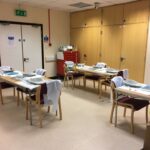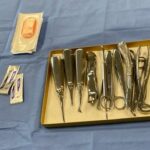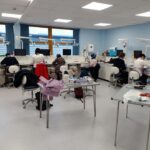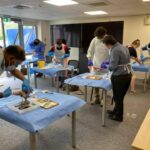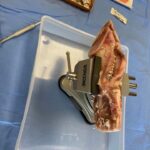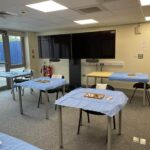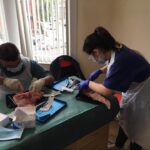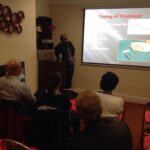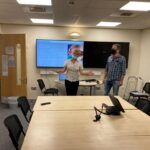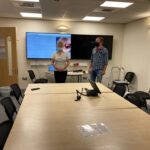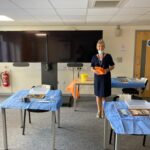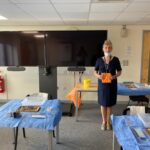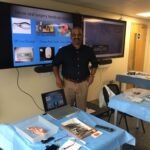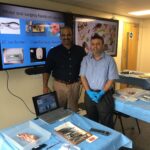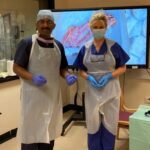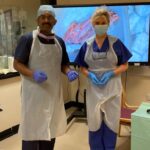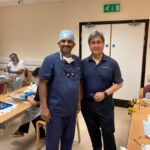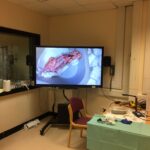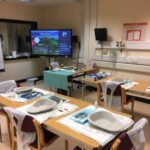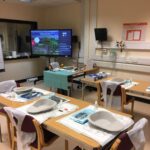Our Courses
Practical Hands-on Minor Oral Surgery Course
Target Audience: Dentists, Dental students, VT Trainees, DWSI in oral surgery
GDC development outcome: C
Verifiable CPD: 6 Hours
Duration: 0930 -1630
Intended Learning outcomes:
- To list the fundamental principles of extraction techniques including surgical and non-surgical approaches
- Critically analyse the risk and manage complications in oral surgery including immediate management and understanding of when and how to refer onwards.
- Reflect on the steps involved in minor oral surgery procedures, to gain confidence in nonsurgical and surgical extraction of teeth and roots
Contents of the course:
The course is designed based on educational theories of learning, to enhance the retention of knowledge gained by multiple scenarios with the help of pictures, flip charts, X-rays, and models so the learners will have an opportunity to encounter different situations and tasks which will help them to reinforce the knowledge and put them in practice.
Zonal proximal development is an integral part of any lesson plan, and the same method has been used in our plan by providing additional support by means of scaffolding and the learners can learn through the help and advice readily available during practical sessions when needed for the purpose of their intended learning.
Extraction techniques including chair positioning and choice of instruments in specific situations
Ensuring procedure is more comfortable and safer through the discussion of appropriate chair positions for specific tooth extractions to enable controlled force during delivery
Ideal contents of a surgical tray/pack and simple armamentarium
Providing advice regarding setting up an ideal basic surgical tray in your practice for successful extractions with minimal instruments required
Clinical and radiological assessment of teeth before extraction
Explaining how to identify, predict extraction difficulty, and plan operation; accordingly, finding application point, delivery path, and various ways tooth can be removed with minimal effort including numerous scenarios to consider alternative instrument options.
Principles and techniques for using elevators and luxator in the removal of roots and impacted teeth
Demonstrating non-forceps techniques for extraction in specific cases and discussing principles of elevation techniques, appropriate use of elevators and luxator including choosing correct instruments
Anatomical consideration and basic principles of flap elevation, bone removal, and suturing techniques.
Refreshing anatomy and landmarks when raising a mucoperiosteal flap and discussing requirements of a good flap allowing better access to the surgical site to carry out the procedure
Explaining the rationale behind bone removal techniques to preserve bone and minimise hard tissue damage
Demonstrating basic principles behind suturing to minimise soft tissue trauma and complications due to wound breakdown
Complications of dental extractions and their management
Discussing the steps involved in the recognition, prevention, and management of oral surgery-related complications and boosting confidence in pre-operative assessment to identify the risks and manage post-extraction bleeding and maxillary sinus-related complications by providing a better understanding of the applied anatomy, choice of haemostatic agents, and basic surgical management by learning and practicing simple surgical steps in the surgery to avoid immediate and late complications due to delayed treatment
Practical session on pig’s jaw (skills lab)
Includes an opportunity for participants to use an elevator and luxator to extract the tooth and retained roots and practice different surgical steps including flap elevation, reflection, retraction, bone removal, and suturing techniques with guidance and support from the tutor to improve confidence.
